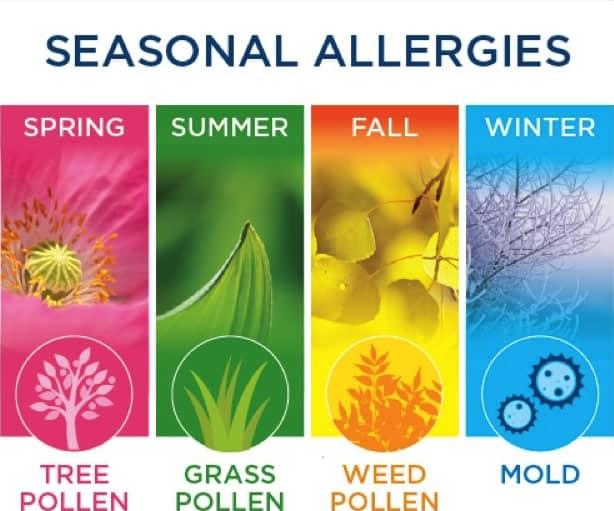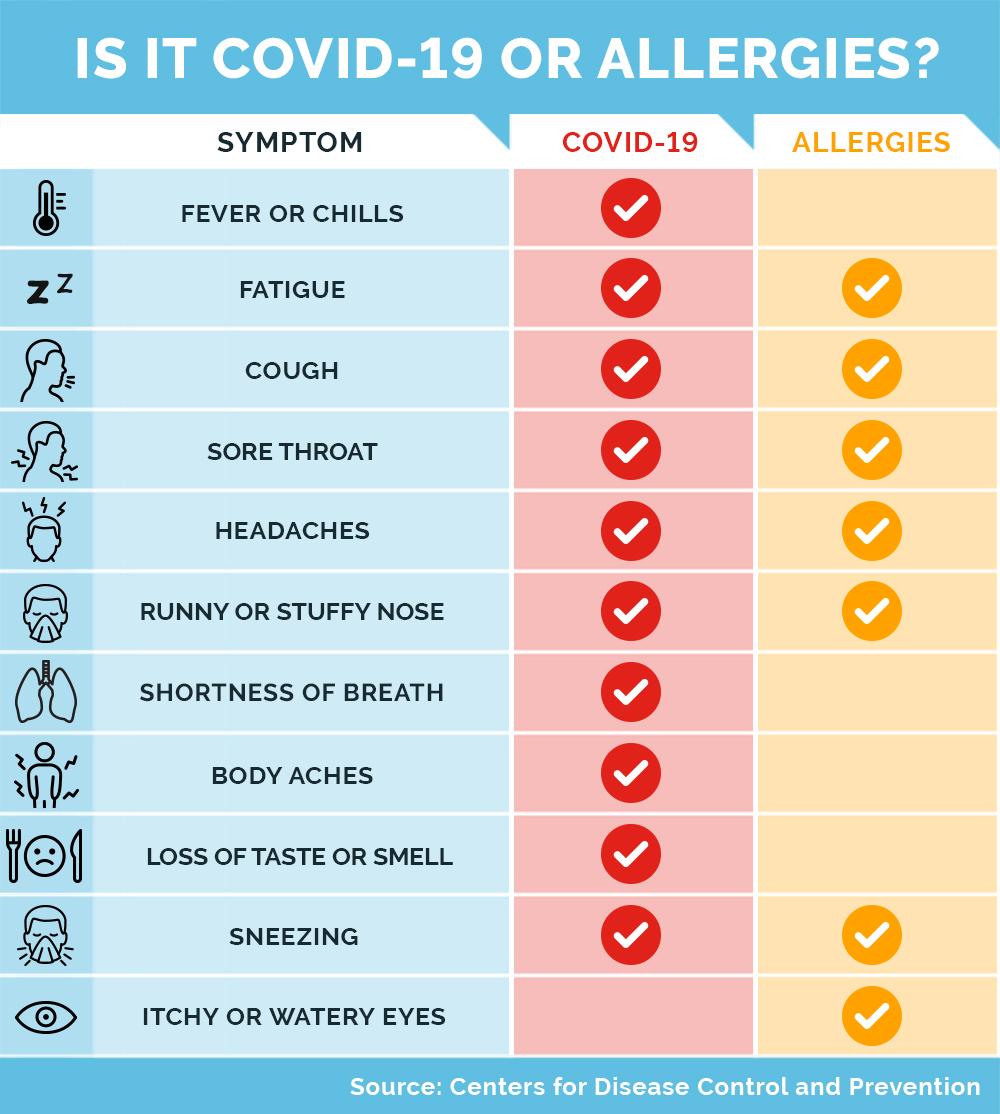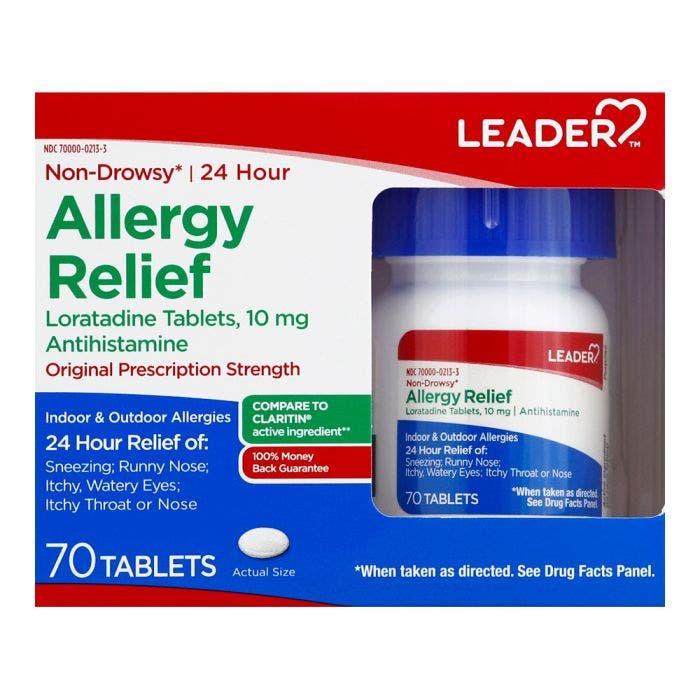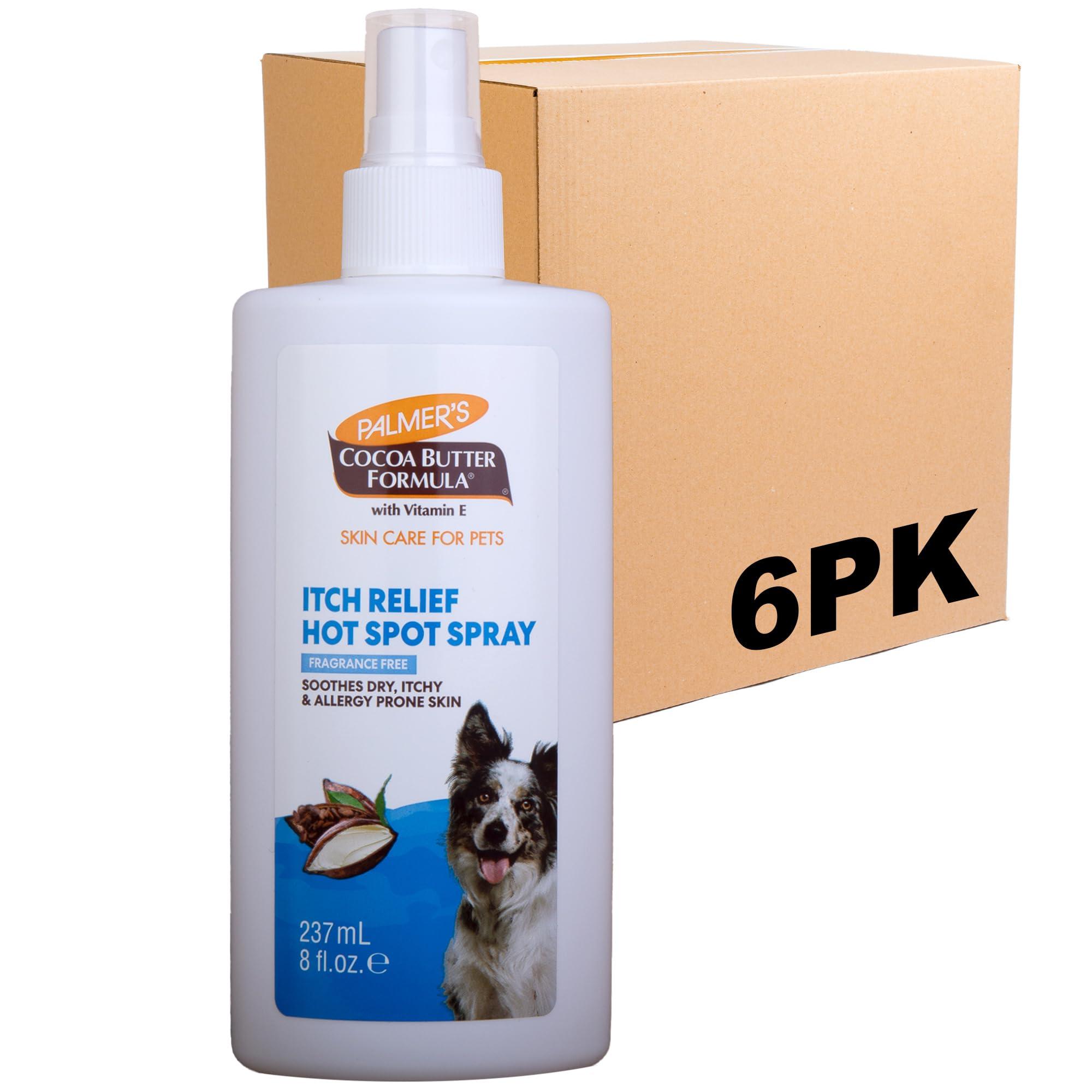
Managing Springtime Allergies in Pets: Tips for Relief
As the earth awakens from its winter slumber adn vibrant blooms burst forth, many of us look forward to the beauty of spring. However, for our furry companions, this seasonal transition can bring not only a fresh burst of life but also a flurry of discomfort. Just as humans struggle with seasonal allergies, pets can suffer from the sneezing, itching, and irritation that accompany the resurgence of pollen and other allergens. Understanding and managing these springtime challenges is essential for ensuring our pets enjoy the season as much as we do.In this article, we’ll explore practical tips for alleviating your pet’s allergy symptoms and creating a more agreeable surroundings for them to thrive during this colorful time of year. Join us as we delve into the world of pet allergies, equipping you with the knowledge and tools to help your four-legged friends find relief in a world filled with blossoms.
Table of Contents
- Understanding Seasonal Allergies in Pets
- Identifying Symptoms and Triggers for Your Furry Friends
- Effective Home Remedies and Treatments for Allergy Relief
- Creating a Comfortable Environment for Allergy-Prone Pets
- Future Outlook

Understanding Seasonal Allergies in Pets
As the seasons change and the bloom of spring awakens nature’s vibrancy, many pets experience a shift in their well-being due to seasonal allergies.These allergies can manifest in various ways, ranging from itchy skin and excessive scratching to more serious respiratory issues like sneezing and coughing. Common triggers include pollen from trees, grasses, and weeds, as well as mold spores that thrive in warmer temperatures.Pet owners should stay vigilant during this time and observe any unusual behaviors in their furry companions. If your pet is showing signs of discomfort,it might potentially be the result of allergens infiltrating their environment.
To effectively manage these allergies, a proactive approach is essential. Consider implementing the following strategies to alleviate your pet’s symptoms:
- Regular grooming: Frequent brushing helps remove allergens trapped in your pet’s coat.
- Bathing: A gentle, hypoallergenic shampoo can soothe irritated skin and wash away pollen.
- Air quality: use air purifiers to reduce indoor allergens,ensuring your pet has a safe haven.
- Diet adjustments: Consult your veterinarian about introducing omega fatty acids to support skin health.
- Environmental management: Keep windows closed during high pollen counts and avoid walks during peak allergy times.

Identifying Symptoms and Triggers for Your Furry Friends
As the flowers bloom and the pollen starts to float through the air, it’s crucial to be vigilant about identifying signs of allergies in our pets. Symptoms can vary widely among animals and may not always manifest in the same way. Keep an eye out for the following indicators that your furry friends might be suffering:
- Itchy skin and excessive scratching: Pets might scratch away at their fur or rub against furniture in an attempt to ease discomfort.
- red, inflamed ears: Watch for signs of discomfort or unusual shaking of the head, indicating that they may be experiencing ear allergies.
- sneezing or coughing: Just like humans, pets can become sneezy or cough when allergens are in the air.
- Watery eyes or runny nose: Look for tear stains or a discharge that can indicate an allergic reaction.
Recognizing these symptoms is just the first step; understanding the triggers is equally critically important. Common culprits in springtime include:
| Allergen | Effect on pets |
|---|---|
| Pollen | Can cause respiratory issues and skin irritations. |
| Dust mites | May lead to coughing and sneezing. |
| Mold | Can trigger severe allergic reactions in sensitive pets. |
| Fleas | Result in itchy skin and can exacerbate allergies. |
By tuning into your pet’s behavior and reactions, you can help alleviate their discomfort. Keeping a detailed diary of when symptoms arise paired with the possible triggers can prove invaluable in devising an effective management plan.

Effective Home Remedies and Treatments for allergy Relief
When it comes to easing allergy symptoms in pets, there are several effective home remedies and treatments you can try. One popular option is using local honey, wich may help build immunity to pollen over time. Just a small amount mixed into their food can make a difference.Additionally, consider adding omega-3 fatty acids to their diet, which can definitely help reduce inflammation. Foods rich in these acids, such as fish oil or flaxseed oil, can promote overall skin and coat health, making your furry friend more resilient to allergens.
Another strategy is to create a hypoallergenic environment for your pets. Regularly vacuum and dust your home to minimize pollen accumulation, and consider using air purifiers to keep indoor air clean. A simple DIY saline solution can also soothe irritated nasal passages; a few drops of saline in their nostrils can provide relief. Moreover, you might want to try bathing your pets more frequently with a gentle, hypoallergenic shampoo to wash off allergens from their fur. Here’s a speedy guide for creating a soothing pet wash:
| Ingredients | Benefits |
|---|---|
| Oatmeal | Soothes itchy skin |
| Coconut oil | Moisturizes and protects skin |
| Chamomile tea | Calms and reduces inflammation |

Creating a Comfortable Environment for Allergy-Prone Pets
Creating a safe haven for pets with allergies requires careful attention to their surroundings. Start by ensuring that your home is free from allergens by employing air purifiers equipped with HEPA filters to capture pollen, dust, and dander. Consider implementing a regular cleaning schedule that includes:
- Vacuuming frequently with a vacuum cleaner that has a HEPA filter.
- Washing your pet’s bedding, toys, and blankets weekly in hot water.
- Dusting surfaces with a damp cloth to prevent allergens from becoming airborne.
Additionally, creating an outdoor space that minimizes exposure to allergens can be a game changer for your pet. When letting them outside, consider the following strategies:
- Timing: Walk pets early in the morning or late in the evening when pollen counts are lower.
- Grooming: Bathe and groom your pets regularly to remove allergens from their fur.
- Landscaping: Opt for low-pollen plants and incorporate a gravel or mulch area for your pet to enjoy.
Future Outlook
As the vibrant blooms of spring awaken nature, they also usher in a host of seasonal challenges for our beloved pets. by staying informed and proactive about managing springtime allergies, you can ensure that your furry companions enjoy the season as much as you do. Whether it’s employing preventive measures, introducing dietary adjustments, or consulting your veterinarian for tailored solutions, every step you take can lead to happier, healthier pets.Remember, a little vigilance goes a long way in ensuring that the joy of spring unfolds without a hitch for your four-legged friends. So, let the blossoms flourish and the sun shine bright—together, you and your pets can navigate this colorful season with comfort and ease.





